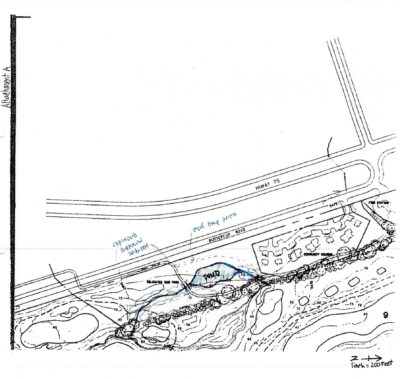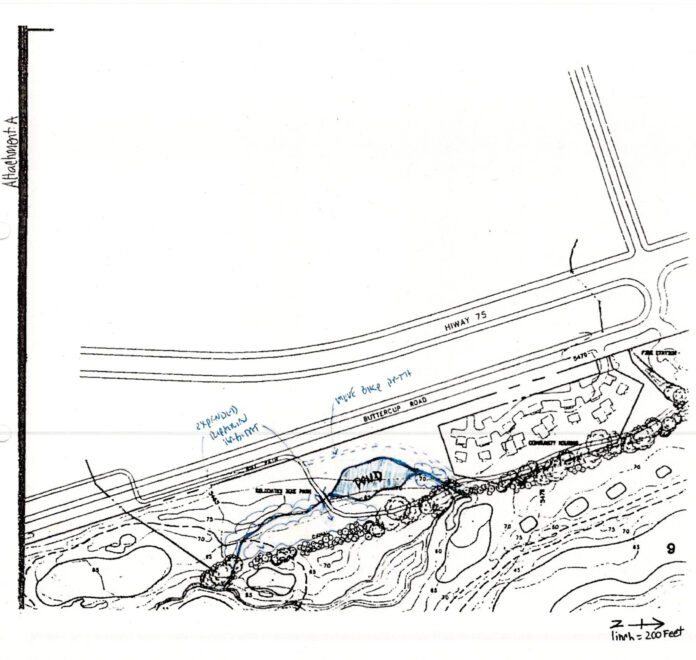By Kiki Tidwell
Journalists can pick and choose what pictures and information they include in a story. Depending on what they choose, a story can be radically shaped and journalists have a huge opportunity to influence what the public thinks about a certain situation or a certain public figure. Therefore, most good journalists commit to a code of ethics https://www.spj.org/ethicscode.asp in order to give a fair and unbiased reporting of the facts to the public.
Let’s highlight a couple of things that journalists commit to in this code of ethics:
- Take responsibility for the accuracy of their work. Verify information before releasing it.
- Gather, update and correct information throughout the life of a news story.
- Never deliberately distort facts or context, including visual information.
- Avoid stereotyping. Journalists should examine the ways their values and experiences may shape their reporting.
- Acknowledge mistakes and correct them promptly and prominently.
- Diligently seek subjects of news coverage to allow them to respond to criticism or allegations of wrongdoing.
 Choosing a photo or graphic to illustrate and elucidate a story is subjective and it can also be misleading. The media does not always live up to a code of ethics. For instance, in the story about The Valley Club West Nine Parcel C (for public open space or future recreational use, as determined by the county and Blaine County Recreation District), the graphic of a duplex that most readers have seen leads one to believe that housing was always intended at the site. However, if the public sees this picture, they get a very different understanding:
Choosing a photo or graphic to illustrate and elucidate a story is subjective and it can also be misleading. The media does not always live up to a code of ethics. For instance, in the story about The Valley Club West Nine Parcel C (for public open space or future recreational use, as determined by the county and Blaine County Recreation District), the graphic of a duplex that most readers have seen leads one to believe that housing was always intended at the site. However, if the public sees this picture, they get a very different understanding:
Back in 2005, a Planned Unit Development (PUD) created a balance of elements for all; an increased number of lots for the developer to sell, high-density community housing, and an Open Space Recreational Use Parcel C as a buffer for the community housing density and for the public to recreate on. An accessible fishing ponding was even proposed by the Wood River Land Trust as shown in the picture above. This balance of uses was finalized and memorialized in documents with restrictions on use that the public could depend upon into perpetuity. It is critical that the community knows this information and doesn’t make assumptions from the graphic next to a story that does not accurately reflect the story.
However, coverage by the Idaho Mountain Express about this parcel has included the inaccurate reporting of a “long-delayed duplex” and “Back in 2005, the county commissioners determined that affordable housing was a public benefit under the PUD.” The public may believe that housing was the allowed use for this parcel, when it never was intended for housing, ever. I challenge you to find any 2005 county document that matches the Express’s reporting, or any document that ever talked about the PUD’s intention of housing on this parcel during a two- to three-year process.
Readers should always read with a critical eye, ask critical questions, and never assume that a publication is always right or unbiased. Photos and graphics are editorial choices, as are the decisions about what stories and graphics to run and what angle a reporter should take. The lawsuit about The Valley Club West Nine Parcel C (for public open space or future recreational use, as determined by the county and Blaine County Recreation District) has been about us, as Blaine County citizens, being able to count on the county’s written agreements made in a PUD. Don’t let the decisions made by the local media to tell you a story that they have created with a graphic and inaccurate reporting influence your thoughts about this situation.

